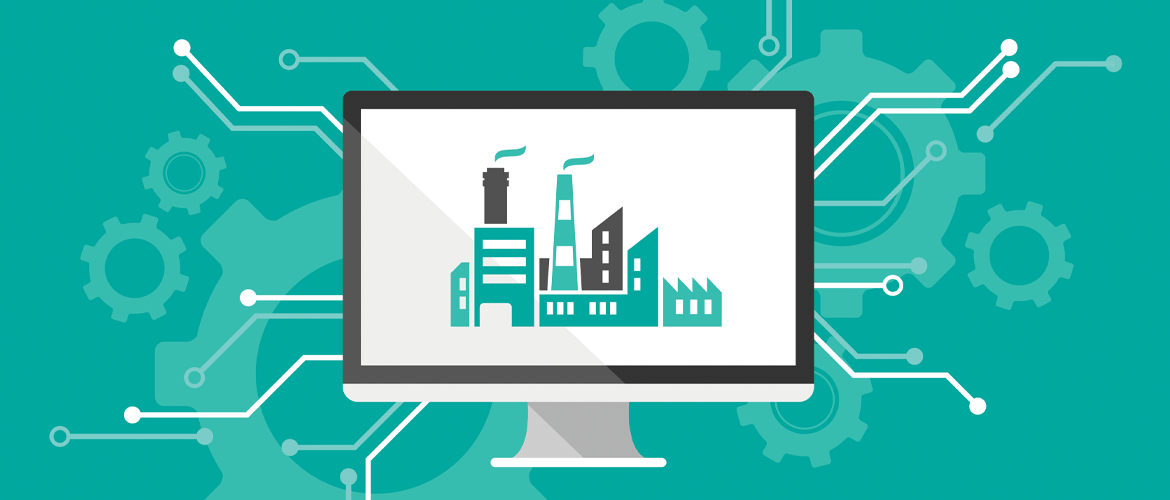What are the benefits of going paperless? There are many benefits of going paperless at work, including reductions in costs in terms of print consumables, people’s time and waste due to errors. Also adding value to the process is the mitigation of risk, reduction in downtime, the simplification of traceability and an increase in job satisfaction. Here, we discuss how to go paperless and offer tips for achieving this environment in the workplace.
The path to paperless enlightenment requires a holistic approach that fully embraces many factors. As digital delivery is fundamental and this needs to be available to each operator on his or her own terminal.
The type of data must also be considered. The shop floor portals should be capable of presenting interactive operator visuals, CAD and BOM (Bill of Materials) information, revision control data, analytics regarding processes, as well as supporting secondary, less regularly used documents like preventative maintenance or user manuals or standard practice manuals.
All of these documents need to be more than just flat representations. They need to be interactive allowing data to be visually queried by the operator via a simple user interface that allows for a deeper dive into data by simply clicking or touching the item in question. Visual documents that are grounded in both the CAD and the BOM and that are interactive can be queried for rich, always current data that refers back to the central manufacturing database. The final part of the interactivity puzzle is the ability of the operator to redline and provide improvement feedback that can be assessed and when appropriate implemented by the engineering team.
Revision control is a cornerstone of any system, be it with or without paper. The system must control and be fully aware of process version, design version and the stations where documents are to be deployed. The paperless system should be capable of automatically ensuring that the right documents and analytics are presented to an operator in a single scan with zero risk of displaying the wrong revision of any data.
No system can work without a degree of built-in flexibility or adaptability. The system will need to allow engineers to ‘cut in’ an emergency engineering change or a process change if it is required on the shop floor. This will need to occur digitally, simply and seamlessly, with the proper documentation and recording procedure supporting it.
Following this path will result in a complete paperless environment that delivers on all of its potential. Compromising by merely digitizing some documents will limit the success and hence that vale of such an endeavor.
Sign up for our blog
Stay up-to-date on the latest in manufacturing trends, insights and best practices.





